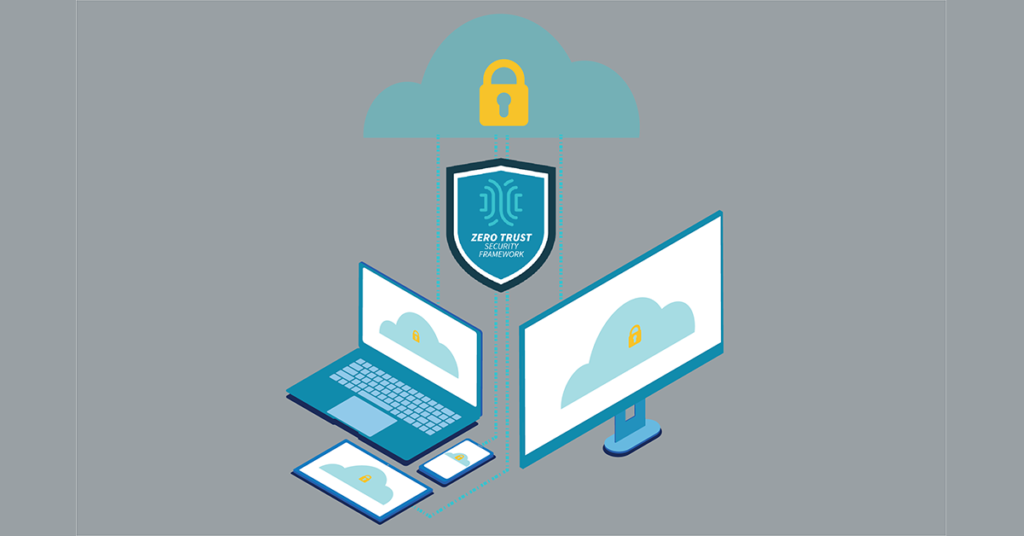How to Design a Zero Trust Network?

Zero Trust networks are crucial to the modern enterprise. It’s no secret that hackers are getting smarter and more sophisticated, which is why it’s necessary for organizations to adopt new strategies like Zero Trust network architecture.
This networking methodology covers all devices inside an organization such as laptops, tablets, smartphones, printers etc. so that they can be monitored and controlled without compromising sensitive information inside the company. With this architecture in place, enterprises can avoid threats by outsiders while still allowing employees to work remotely.
Zero Trust Network – Explained
A Zero Trust network is a type of IT architecture that protects sensitive information from being accessed by outsiders.
The Zero Trust model replaces the traditional, “trusted” networks that allow easy access to data with a “zero-trust” environment where all devices are restricted and not trusted until proven otherwise. In this type of environment, the organization’s security is at the edge of the network and devices rather than within the network itself.
This architecture ensures that an individual cannot easily get access to any company data without permission and authentication (i.e., username and password).
Prerequisites to Designing a Zero Trust Network
One of the most important steps to building a Zero Trust network is to establish a security baseline for your company. A security baseline includes information such as:
- The number of people who need access to privileged data and what privileges they need.
- What types of devices with sensitive information should be included in the Zero Trust network.
- Policies and procedures that govern how authentication credentials (such as usernames and passwords) can be used and what kind of data should be shared with outside parties.
- Who needs access to sensitive data and what type of access they’ll need (read-only, read/write, etc.)
It’s also important to familiarize yourself with administrative tools like network design software and endpoint device management products. These types of systems can help you track, monitor and control company data if a Zero Trust environment is in place.
There should be separate networks for production (non-sensitive information) and other sensitive information like customer lists and financial records.
4 Steps to Design a Zero-Trust Network
These are four simple steps for designing a Zero Trust network:
Establishing the Type of Network
The first step is to establish the type of network you want to use and what you want the model of the network to look like.
Restricting Devices
Next, create an inventory of all devices that contain sensitive information. These devices are to be restricted based on our designed policies.
Designing Policies
After that, set up policies for what people can access with specific types of devices (i.e., passwords) and who can access confidential data (i.e., confidentiality levels).
Authentication Protocols
Lastly, design various ways for people to successfully authenticate themselves through passwordless authentication or one-time passwords, so they don’t have to remember their password every time they need it.
Why are Zero Trust Networks Important?
Zero Trust networks help companies protect sensitive information from being hacked by outside sources. Sensitive data includes things like customer records, financial information and trade secrets.
These days, it’s much easier for criminals to hack into any network they want with advanced hacking tools that can be easily found online. A Zero Trust network helps companies minimize the amount of damage that can be done to company data by protecting it at the edge of each network.
It may sound like a Zero Trust network is too restrictive or would make work life more difficult for employees, but if properly implemented, companies will see less downtime and more productivity.
Bottom Line
In this post, we’ve discussed the four steps to building a Zero Trust network. The design process might get complicated in large organizations, but it is fairly easy to implement in SMEs.
If you need more guidance, please check our Zero-Trust Whitepaper.





